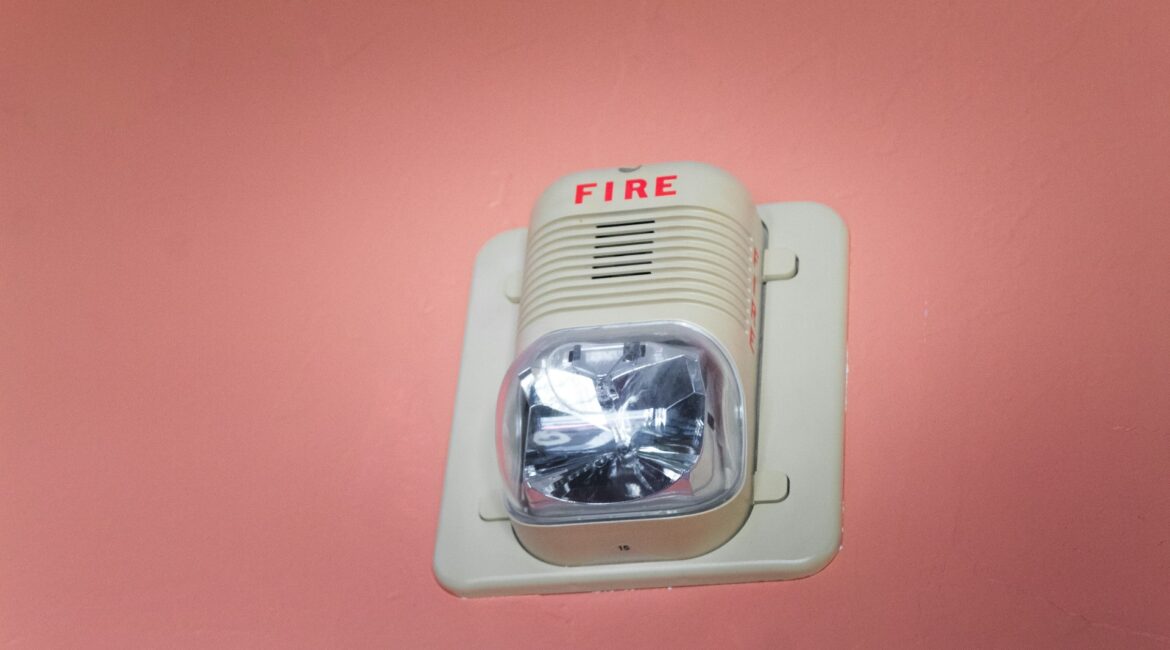Smart homes use connected devices and appliances to automate tasks, aiming to improve efficiency and convenience. In Singapore, as internet connectivity continues to expand, more industries are incorporating digital solutions, making home automation systems more accessible. With the growing adoption of smart home technology, fire safety remains an important factor to consider.
What is Smart Home Technology in Fire Safety?
In the context of fire safety, smart home technology involves using interconnected devices and systems to detect, alert, and respond to fire hazards. These systems often leverage the Internet of Things (IoT), incorporating devices such as IoT-enabled smoke detectors, smart sprinklers, and automated alarms.
These devices communicate with each other and can integrate with other smart home features, including lighting and security systems. This connectivity helps create a more coordinated and responsive approach to fire safety.
Benefits of Integrating Fire Safety with Smart Home Technology
Integrating fire safety with smart home technology can enhance home security and responsiveness. These systems offer real-time alerts and automated actions, contributing to a more proactive approach to fire prevention and safety. Some of the benefits include:
- Real-Time Monitoring: IoT devices detect smoke or heat instantly at the first sign of a potential fire. They then send immediate alerts to your smartphone, no matter where you are. This immediate notification can be crucial in preventing a minor incident from escalating.
- Remote Control and Alerts: Remote control and alerts offer further peace of mind. You can remotely monitor and even control your fire safety systems via a dedicated app. This allows you to check the status of your devices and receive notifications even when you are away.
- Automated Responses: Automated responses are another key benefit. In an emergency, systems like smart sprinklers can activate automatically. This rapid response can significantly limit damage and protect your property.
- Energy Efficiency: Smart systems can also contribute to energy efficiency. They can optimise power usage and reduce unnecessary energy consumption, contributing to cost savings and a smaller carbon footprint. For example, smart lighting can be triggered by a fire alarm, illuminating escape routes automatically.
Popular Fire Safety Technologies for Smart Homes in Singapore
Several fire safety technologies are gaining popularity in Singaporean smart homes, offering advanced detection and response capabilities. These technologies provide homeowners with greater control and awareness regarding fire safety.
- Smart Smoke Detectors: Smart smoke detectors are a prime example. These connected alarms notify you of smoke, even when you’re away from home. They can also often provide location information within the house, helping pinpoint the source of the problem.
- Smart Fire Extinguishers: Smart fire extinguishers are also available. These devices often have built-in sensors to ensure they are functional and ready for use in an emergency. They might also provide information about their pressure levels and last maintenance date.
- Integrated Fire Alarms: Integrated fire alarms link with smart hubs. This allows for coordinated responses. For instance, the system could automatically turn on lights, unlock doors, and even notify the fire department.
- Smart Water Mist Systems: Smart water mist systems are another valuable option. These systems provide effective fire suppression with minimal water usage. This reduces the risk of water damage often associated with traditional sprinkler systems. They are beneficial for protecting sensitive equipment or valuable possessions.
Challenges in Implementation
While smart fire safety systems offer numerous advantages, implementing them can present challenges. Property owners should be aware of these challenges before upgrading their systems:
- Cost of Upgrading: The initial cost of upgrading traditional systems to smart systems can be a barrier for some homeowners.
- Compatibility Issues: Compatibility issues may also arise. Existing smart home platforms might not seamlessly integrate with all available fire safety devices. Careful research and planning are necessary to ensure compatibility.
- Need for Regular Maintenance: Regular maintenance and updates are crucial for these systems to work properly, requiring consistent attention from the homeowner. This includes checking batteries, testing sensors, and updating software to ensure optimal performance.
The Future of Smart Fire Safety in Singapore
The future of smart fire safety in Singapore is advancing rapidly, driven by emerging technologies that enhance fire prevention and response. AI-driven fire detection systems are expected to improve accuracy and response times by identifying fire risks more precisely. Moreover, predictive fire risk analysis may become more prevalent, allowing potential hazards to be detected before they escalate into emergencies.
Enhanced IoT integration will also play a significant role in shaping the next generation of fire safety solutions. These advancements align with Singapore’s smart city initiatives, providing a strong foundation for adopting cutting-edge fire prevention and detection technologies.
Ensure Your Family’s Safety with Advanced Fire Safety Technology
Integrating fire safety with smart home technology is essential for modern living, offering enhanced protection, real-time monitoring, and automated responses. While challenges exist, the advantages significantly outweigh the drawbacks. Investing in these advanced systems not only improves overall safety but also provides greater peace of mind for homeowners and their families.
Explore smart fire safety solutions for your home. Contact our team at King Fire today.
